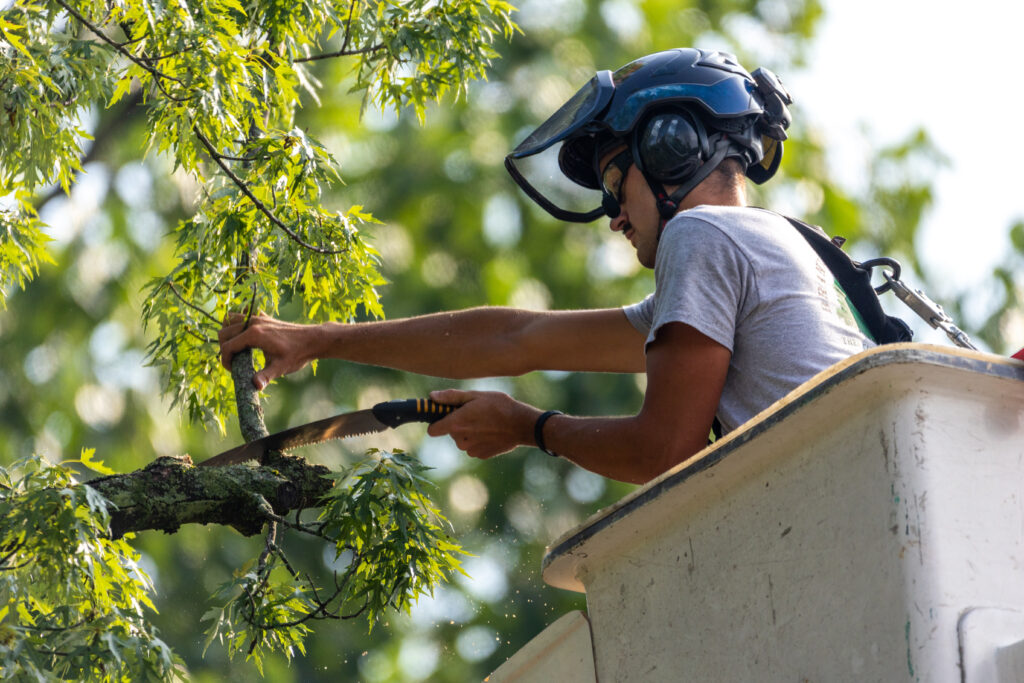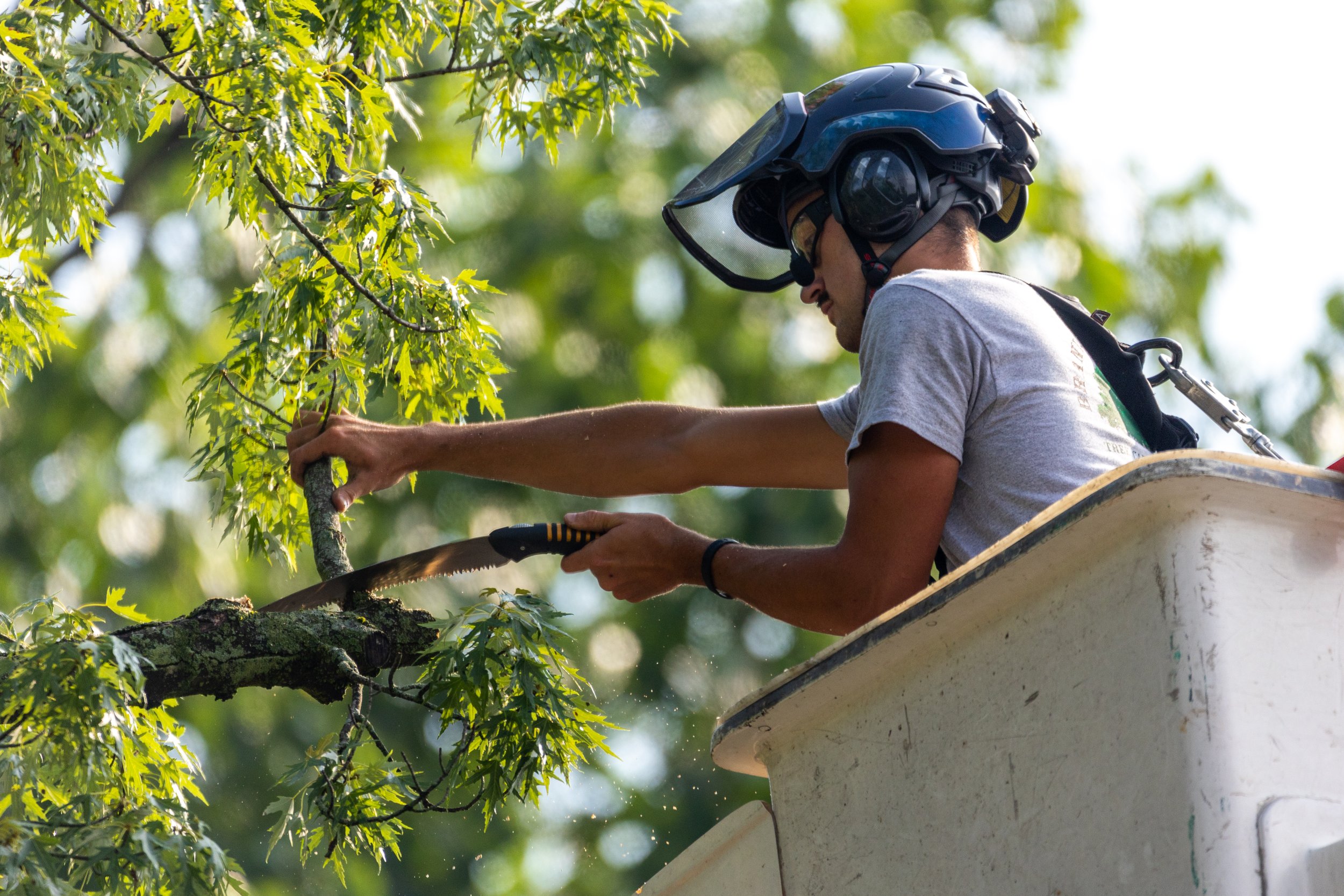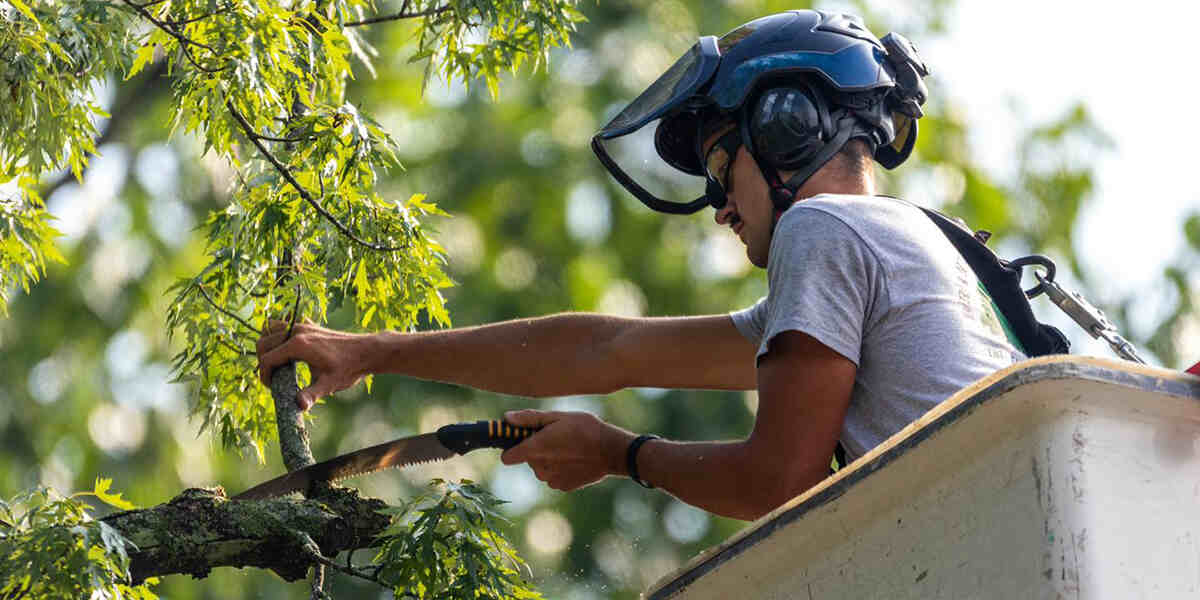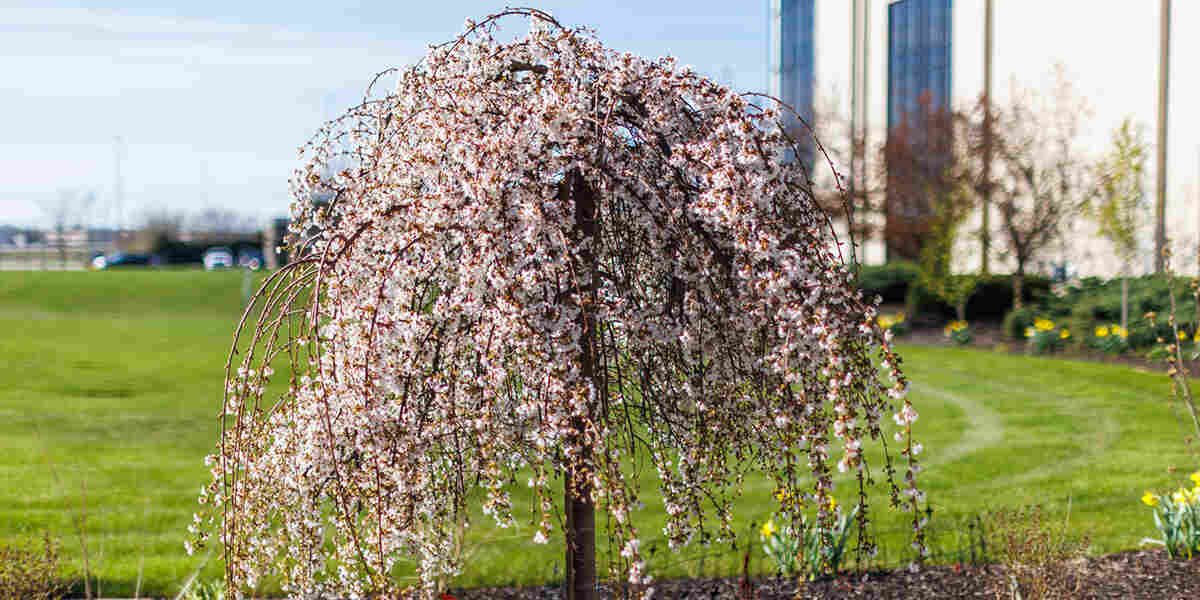
Every homeowner cherishes the value that trees bring to their property. Trees provide shade, improve air quality, enhance aesthetics, and can even boost property values. However, like any other plant, trees require maintenance to ensure their health and longevity. One of the most critical maintenance practices is pruning. Pruning your trees might seem like a daunting task, especially for novice gardeners. However, it’s far from it. Once you grasp what it entails and how to do it effectively, it becomes a straightforward yet fulfilling process. In this tree pruning guide, we’ll demystify the process of tree pruning, providing you with a comprehensive guide on how to prune your trees effectively.
What is Pruning?
In essence, pruning refers to the strategic removal of certain parts of a plant or tree, such as branches, buds, or roots. Imagine giving your trees a regular haircut to maintain their health and improve their appearance—that’s what pruning is about. It’s not just about cutting branches haphazardly, but making careful cuts to ensure the trees’ optimal health while maintaining their natural aesthetics.
Why is Pruning Necessary?
You might wonder, “Why should I prune my trees? They look healthy as they are.” While this might be true, pruning offers numerous benefits that extend beyond mere aesthetics. By removing dead, diseased, or insect-infested branches, you protect the tree and prevent further spread. It also helps improve the tree’s overall structure, reducing the risk of broken limbs and fallen branches. Additionally, pruning can stimulate or suppress growth as needed, allowing you to control the shape and growth of your trees. All these factors make pruning a necessary practice for every gardener.
When to Prune Your Trees
Understanding the optimal time to prune your trees is vital to your trees’ health, productivity, and aesthetic appeal. Timing plays an enormous role in the success of this gardening activity. Pruning at the wrong time may leave your trees vulnerable to disease, pest infestation, or stunted growth. On the other hand, pruning at the right time can encourage robust growth, vibrant blooms, and a healthier life for your trees.
Pruning During Dormancy
For the majority of tree species, the best time to prune is during the dormant season—late winter or early spring, just before the tree starts to bud. This timing is beneficial for a few reasons. Firstly, when the tree is dormant, it’s less likely to ‘bleed’ sap, which can attract insects.
Secondly, pruning in late winter allows the tree to heal faster, reducing the exposure time of the cut surfaces to detrimental elements such as pests and disease. As soon as the warmer spring weather arrives, the tree can start growing new tissue over these cuts, making them less susceptible to issues.
Lastly, during winter, the absence of foliage makes it easier for you to examine the tree’s structure and identify which branches need removing. This ensures more effective, strategic pruning, letting you shape the tree more accurately according to its natural form and your personal preference.
Pruning in the Growing Season
Though it’s generally recommended to prune during dormancy, there are times when you might need to prune during the growing season. For instance, if you notice a dead, diseased, or damaged branch, it’s better to remove it immediately to prevent the problem from spreading to other parts of the tree.
Pruning in the growing season can also be strategic. If you want to slow a tree’s growth—perhaps it’s blocking a view or growing too close to a structure—you can prune during the late spring or early summer. This kind of pruning, often referred to as ‘summer pruning,’ slows the tree as energy is diverted to healing the cuts rather than to new growth.
Check out more about when growing season is here!
Special Considerations
While these guidelines generally hold true, some trees have specific pruning requirements. For example, spring-flowering trees—those that bloom in early spring from buds set the previous year—should be pruned immediately after their flowers fade. This allows the tree plenty of time to set new buds for the next spring.
On the other hand, trees prone to certain diseases should be pruned at specific times to minimize infection risks. For instance, oak trees prone to oak wilt—a devastating fungal disease—should ideally be pruned in the coldest winter months when the beetles spreading the disease are inactive.
In conclusion, the correct timing of pruning activities is essential to optimize tree health, growth, and appearance. Always consider the tree species, its health, the time of year, and the specific purpose of pruning when deciding on the best time to bring out your pruning shears.

Removing Dead or Damaged Branches
Begin your pruning process by removing any dead, diseased, or damaged branches. This step is crucial in preventing further decay and maintaining the health of the tree. Be sure to cut close to the branch collar—the swollen area at the base of the branch—without damaging it.
Thinning the Crown
Next, consider thinning the crown of the tree. This process involves removing select branches to increase light penetration and air flow through the tree, which can enhance the tree’s health. However, you should be careful not to remove too many branches, as this can stress the tree and make it prone to diseases and pests.
Maintaining Tree Shape and Structure
Lastly, aim to maintain the tree’s natural shape. Too often, homeowners make the mistake of dramatically altering the shape of their trees, which can result in a weak structure and poor aesthetic appeal. Instead, make minor cuts to maintain the tree’s form and enhance its natural beauty.
The Dos and Don’ts of Tree Pruning
Pruning your trees requires careful attention. You should always use sharp and clean tools to ensure clean, smooth cuts that heal quickly. Dull or dirty tools can lead to ragged cuts and increase the risk of transmitting diseases among your trees. Also, it’s crucial never to remove more than 25% of a tree’s crown in a single season. Over-pruning can stress the tree and lead to a host of problems.
Pruning is an integral part of tree care that calls for both precision and knowledge. Each cut can change a tree’s growth pattern, so it’s essential to prune strategically. Remember, healthy, well-pruned trees are more resistant to disease and pest infestations and are more capable of withstanding severe weather conditions. So, embrace the practice of pruning and watch your trees thrive!
Remember to always consult a local arborist before doing advanced pruning
FAQs
-
- Q: Can pruning harm my trees? A: Yes, improper pruning techniques can harm your trees. Over-pruning, making jagged cuts, or pruning at the wrong time can all negatively impact a tree’s health.
-
- Q: Can all trees be pruned at the same time of the year? A: Not necessarily. While late winter or early spring is the best time for most trees, some species have different requirements. For example, spring-flowering trees should be pruned immediately after they bloom.
-
- Q: What is the difference between pruning and trimming? A: The terms are often used interchangeably, but there is a slight difference. Trimming generally refers to maintenance for aesthetic purposes, while pruning refers to the removal of dead, loose, or infected branches or stems to promote healthy growth.
-
- Q: Should I prune my young trees? A: Yes, young trees should be pruned to ensure proper growth and to establish a strong structure. However, be mindful not to over-prune, as young trees are still establishing their root systems and overall health.
-
- Q: When should I call a professional for tree pruning? A: If a tree is large, if it’s near power lines, or if you’re unsure about how to prune correctly, it’s best to call a professional. They have the knowledge, skills, and equipment to prune trees safely and effectively.



